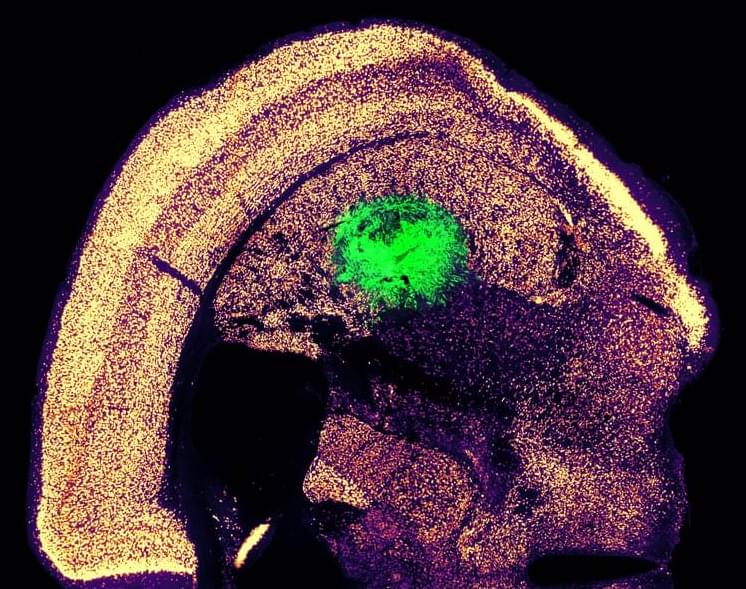If AI is really going to make a difference to patients we need to know how it works when real humans get their hands on it, in real situations.
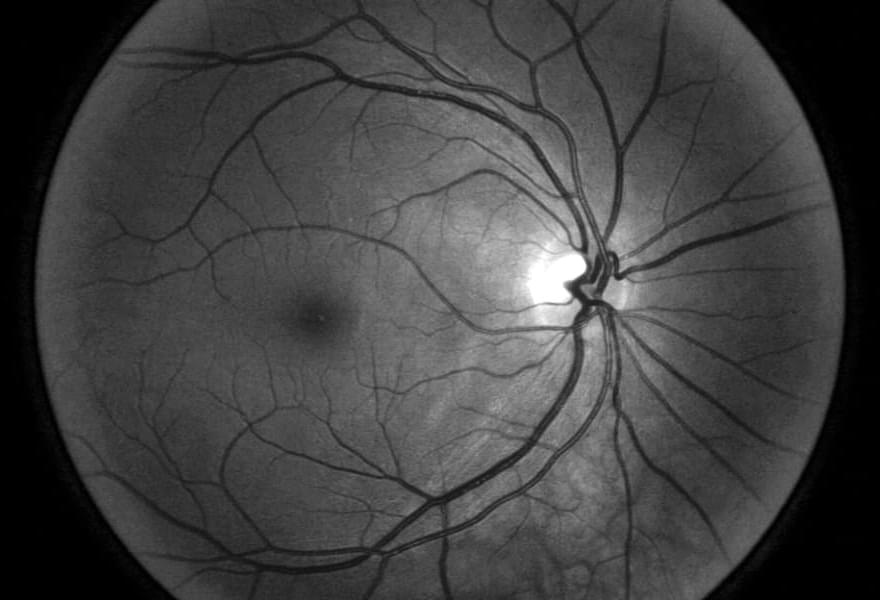

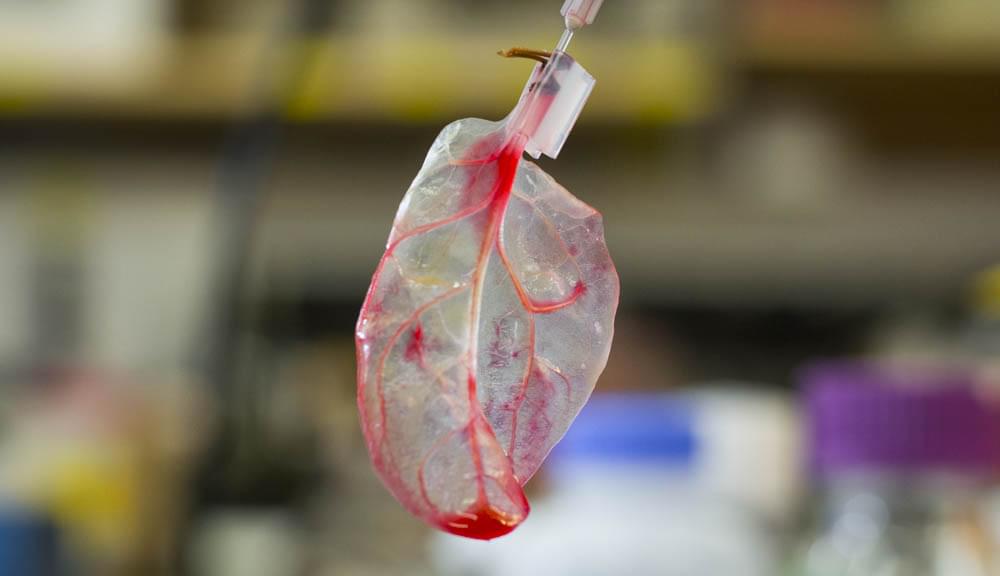
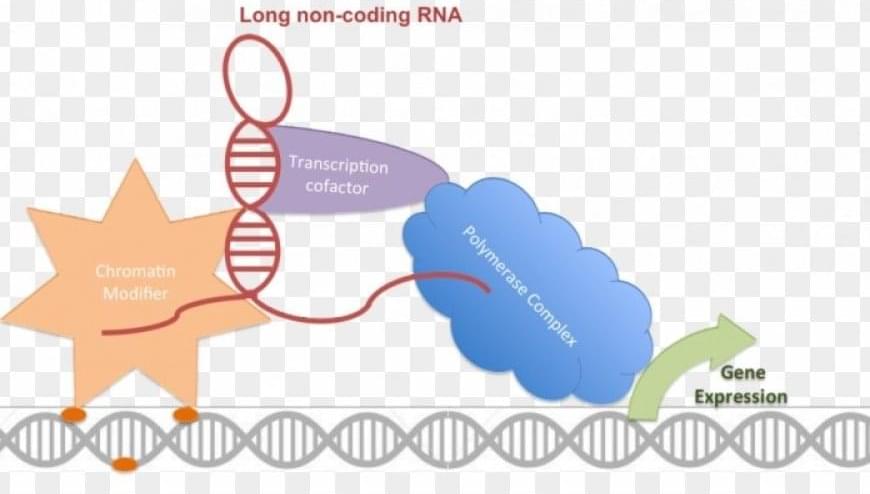
Long non-coding RNAs (long ncRNAs,) are a type of RNA, generally defined as transcripts more than 200 nucleotides that are not translated into protein.
Long non-coding transcripts are found in many species.
LncRNAs are extensively reported to be involved in transcriptional regulation, and epigenetic regulation.
Long non coding RNA has been proven to be associated with multiple diseases, such as cardiovascular diseases, rheumatic diseases, cancer etc.
More detailed information ons are provided in the link below.

The healthcare industry faces a significant shift towards digital health technology, with a growing demand for real-time and continuous health monitoring and disease diagnostics [1, 2, 3]. The rising prevalence of chronic diseases, such as diabetes, heart disease, and cancer, coupled with an aging population, has increased the need for remote and continuous health monitoring [4, 5, 6, 7]. This has led to the emergence of artificial intelligence (AI)-based wearable sensors that can collect, analyze, and transmit real-time health data to healthcare providers so that they can make efficient decisions based on patient data. Therefore, wearable sensors have become increasingly popular due to their ability to provide a non-invasive and convenient means of monitoring patient health. These wearable sensors can track various health parameters, such as heart rate, blood pressure, oxygen saturation, skin temperature, physical activity levels, sleep patterns, and biochemical markers, such as glucose, cortisol, lactates, electrolytes, and pH and environmental parameters [1, 8, 9, 10]. Wearable health technology includes first-generation wearable technologies, such as fitness trackers, smartwatches, and current wearable sensors, and is a powerful tool in addressing healthcare challenges [2].
The data collected by wearable sensors can be analyzed using machine learning (ML) and AI algorithms to provide insights into an individual’s health status, enabling early detection of health issues and the provision of personalized healthcare [6,11]. One of the most significant advantages of AI-based wearable health technology is to promote preventive healthcare. This enables individuals and healthcare providers to proactively address symptomatic conditions before they become more severe [12,13,14,15]. Wearable devices can also encourage healthy behavior by providing incentives, reminders, and feedback to individuals, such as staying active, hydrating, eating healthily, and maintaining a healthy lifestyle by measuring hydration biomarkers and nutrients.
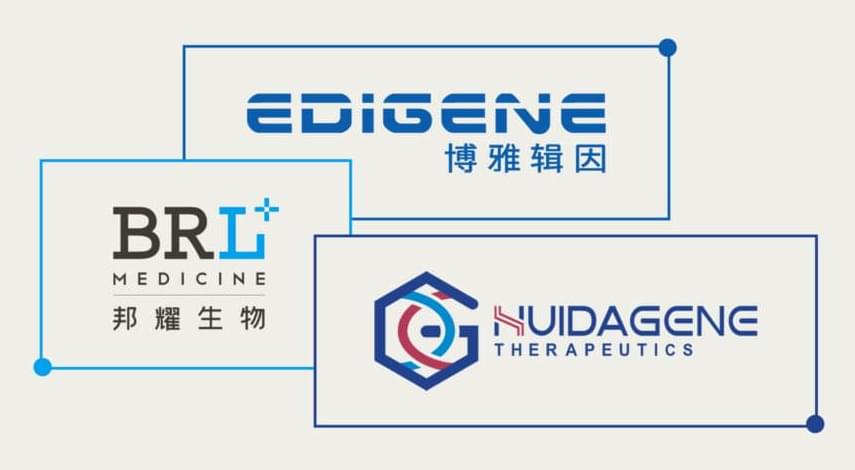
As the race between U.S. and Chinese biotech companies heats up, the competition is particularly fierce in one field: CRISPR gene editing.
China has rapidly emerged as a global leader in CRISPR research. While much of the initial focus in the industry was on the use of the technology to develop cancer treatments, Chinese biotech firms have since moved to apply it to test therapies for rare diseases, including sickle cell disease and inherited eye disorders.
In many areas, Chinese companies have been more aggressive, pushing into diseases that their U.S. counterparts have shied away from, including in Duchenne muscular dystrophy and herpes virus. That willingness has raised eyebrows among some executives and academics in the U.S., while exciting others who fear the American regulators and companies have been too conservative.
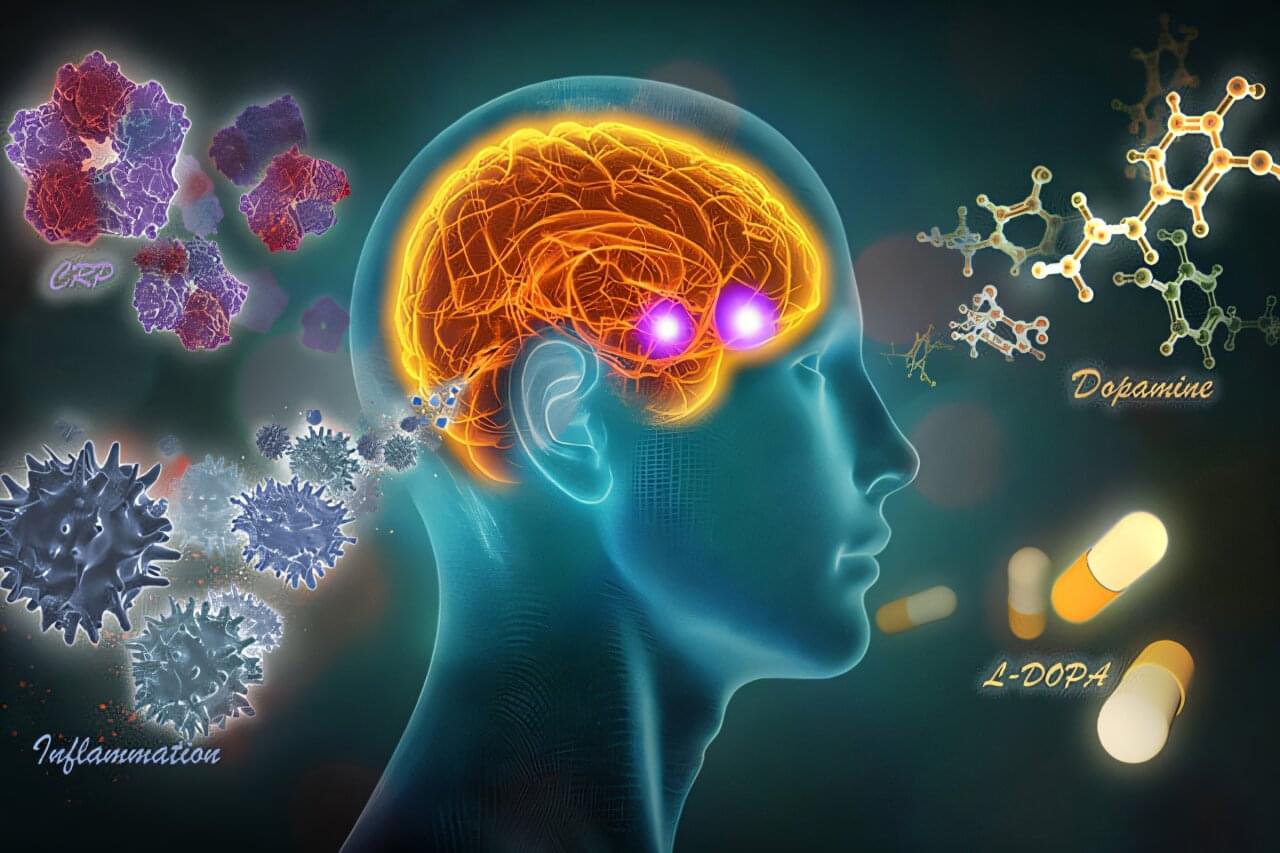
A study from Emory University suggests that levodopa, a medication that increases dopamine levels in the brain, may help treat individuals with depression who experience motivational impairments due to high inflammation. Researchers found that a common blood test measuring C-reactive protein (CRP), a blood biomarker of inflammation produced by the liver, could help determine which patients are most likely to respond to repeated doses of levodopa.
The findings, published in the March 2025 print edition of Brain, Behavior and Immunity, show that in participants with CRP levels above 2 mg/L, daily administration of levodopa improved connectivity within a key brain reward pathway—the ventral striatum to the ventromedial prefrontal cortex —after just one week of treatment across a range of doses.
While about half of the participants responded best to a lower dose of 150 mg/day, the other half required up to 450 mg/day for levodopa to effectively overcome the effects of inflammation on this dopamine-rich reward circuit.
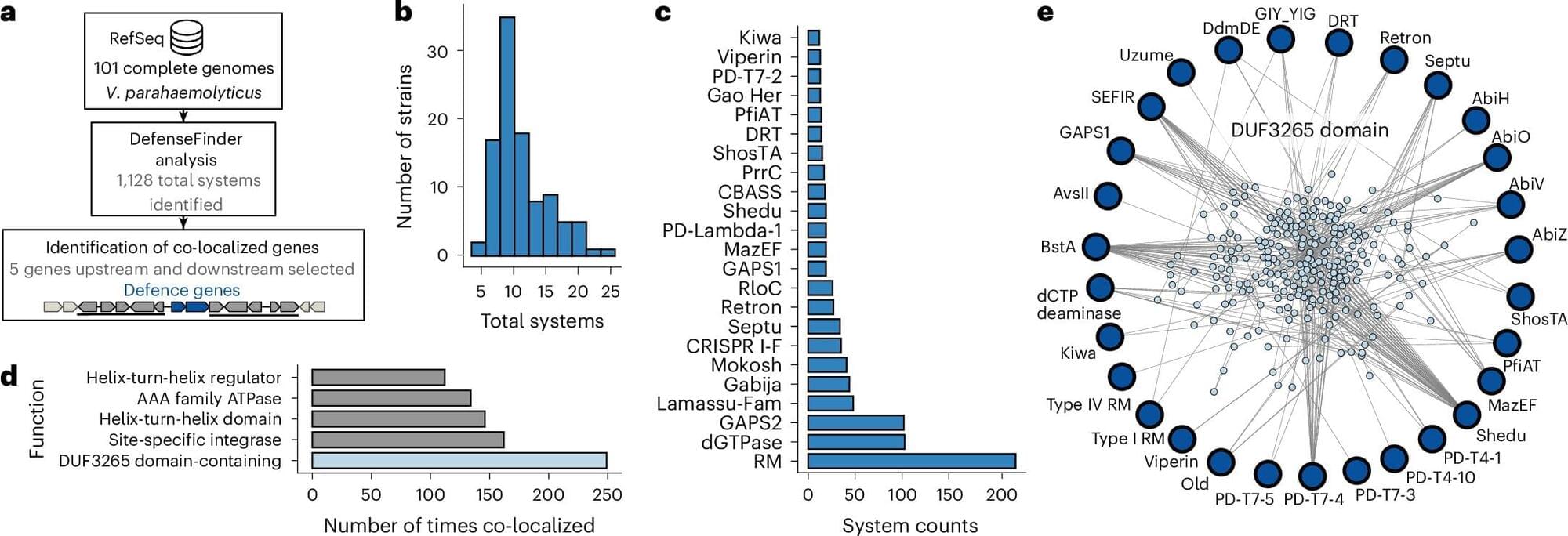
University of Toronto researchers have discovered nine new genes used by bacteria to protect themselves against phages—viruses that infect them.
In a study published in Nature Microbiology, the researchers describe how they used a combination of bioinformatics and laboratory testing—on sediment samples obtained from tanks at Ripley’s Aquarium of Canada—to identify the previously unknown defense genes.
The findings could have profound implications for the development of strategies to treat bacterial infections, particularly those that are drug resistant.

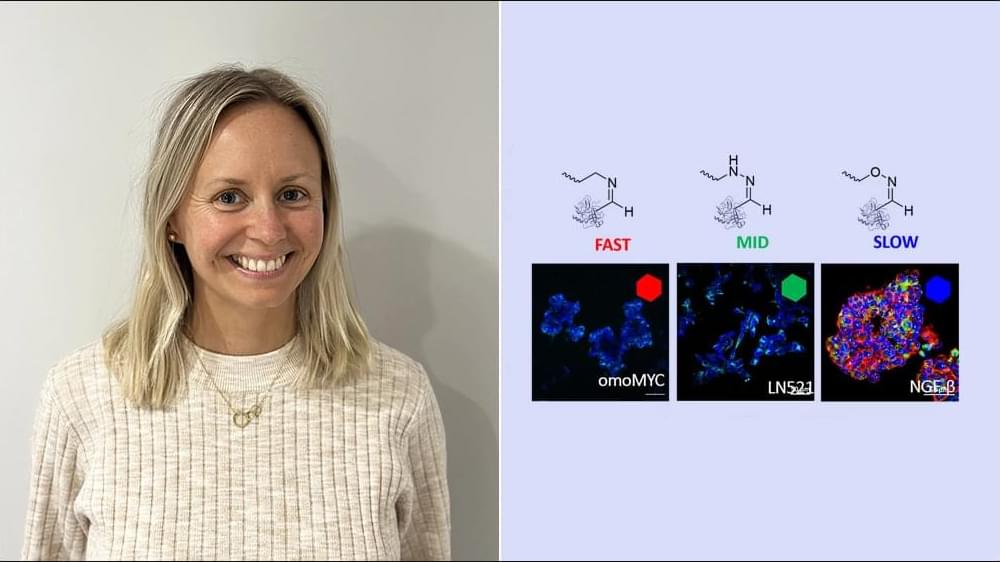
“We have found a key to controlling the switching on and off of proteins by combining photochemistry and hydrolysis,” says KTH researcher Tove Kivijärvi.
When designing materials that aim to improve medicine, you need to be able to control the functions of the material in a very precise way. If this is achieved, cell environments similar to the human body can be created in the lab, which is important for understanding biological mechanisms, disease processes and how the body repairs itself. Biological materials can also be used to study how drugs work and to streamline drug testing and preclinical studies.
